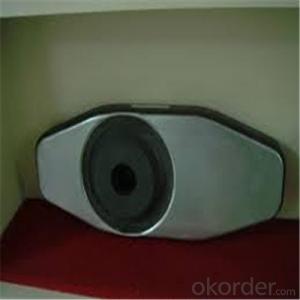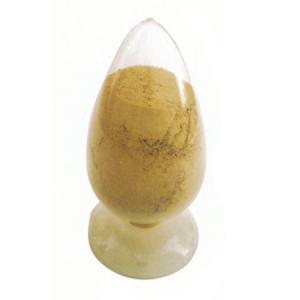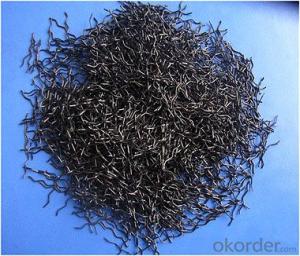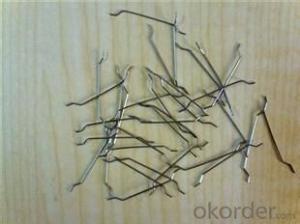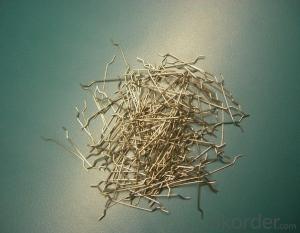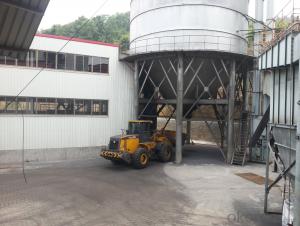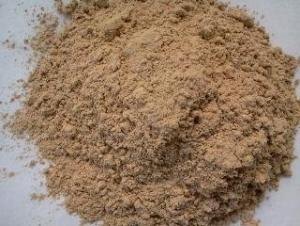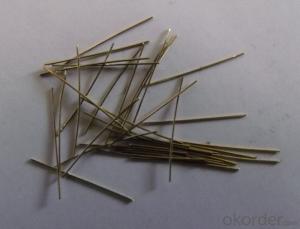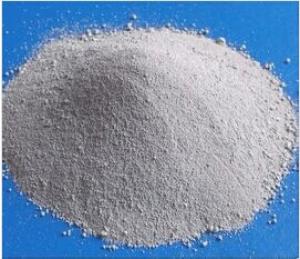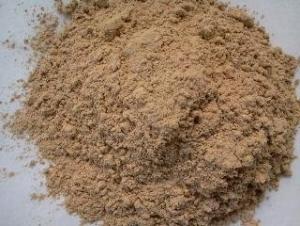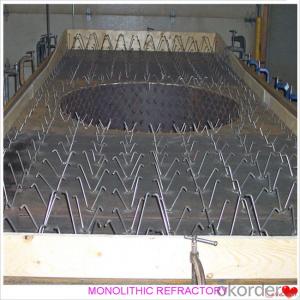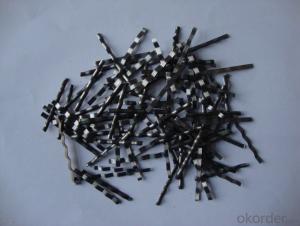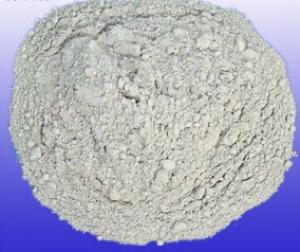All Categories
- - Steel Wire Rod
- - Steel Coils
- - Steel Profiles
- - Steel Pipes
- - Stainless Steel
- - Tinplate
- - Special Steel
- - Steel Sheets
- - Steel Rebars
- - Steel Strips
- - Hot Rolled Steel
- - Cold Rolled Steel
- - Pre-painted Steel
- - Seamless Steel Pipe
- - Welded Steel Pipe
- - Hollow Steel Tubes
- - Galvanized Pipe
- - Stainless Steel Coil
- - Stainless Steel Sheet
- - Stainless Steel Plate
- - Stainless Steel Strips
- - Electrolytic Tinplate Coil
- - Electrolytic Tinplate Sheet
- - Stainless Steel Rebars
- - Solar Panels
- - Solar Water Heater
- - Solar Related Products
- - Solar Inverter
- - Solar Cells
- - Solar Light
- - Solar Energy Systems
- - Solar Controllers
- - Solar Mounting System
- - Solar Pump
- - Solar Chargers
- - Fiberglass Chopped Strand
- - Fiberglass Mesh Cloth
- - Composite Pipes
- - FRP Pultrusion Profiles
- - Fiberglass Mat Tissue
- - Fiberglass Fabrics
- - Fiberglass Mesh
- - Composite Tank
- - Fiberglass Mesh tape
- - Polymer
- - FRP Roofing Panel
- - Fiberglass Roving
- - Monolithic Refractories
- - Ceramic Fiber Products
- - Refractory Bricks
- - Raw Materials For Refractory
- - Suspended Platform
- - Cranes
- - Concrete Machinery
- - Earthmoving Machinery
- - Building Hoist
- - Road Building Machinery
- - Plastic Pipe Fittings
- - Plastic Tubes
- - Plastic Sheets
- - Agricultural Plastic Products
- - Plastic Nets
Q & A
Can monolithic refractories be used for lining glass furnaces?
Yes, monolithic refractories can be used for lining glass furnaces. Monolithic refractories, which are made from a single material, offer excellent thermal shock resistance and can withstand high temperatures, making them suitable for use in glass furnaces. They provide a seamless and smooth lining, ensuring better heat distribution and improved furnace performance. Additionally, monolithic refractories can be easily installed and repaired, making them a preferred choice for lining glass furnaces.
How are monolithic refractories being used in the power generation industry?
Monolithic refractories are extensively used in the power generation industry for various applications. They are primarily used in the construction of boilers and furnaces, where they provide high-temperature resistance, thermal insulation, and corrosion protection. Monolithic refractories are also used for lining chimneys, exhaust systems, and flue gas ducts, ensuring efficient combustion and minimizing heat loss. Additionally, they are employed in the repair and maintenance of power plant equipment, such as kilns and incinerators, ensuring their longevity and optimal performance.
How do monolithic refractories provide resistance to slag attack in steelmaking?
Monolithic refractories provide resistance to slag attack in steelmaking through their inherent chemical composition and physical properties. These refractories are designed to withstand high temperatures and corrosive environments, making them ideal for use in steelmaking processes where slag is present.
The chemical composition of monolithic refractories usually includes high levels of alumina or magnesia, which provide excellent resistance against slag corrosion. These materials have a strong affinity for acidic or basic slag components, forming stable compounds that protect the refractory from further attack.
Moreover, monolithic refractories have a dense and compact structure, which limits the penetration of slag into the material. This prevents the slag from reaching the steel shell and causing damage. Additionally, the refractories' high thermal conductivity allows them to efficiently dissipate heat, reducing the risk of thermal spalling or cracking.
Overall, the combination of chemical resistance, dense structure, and efficient heat transfer properties enables monolithic refractories to effectively withstand slag attack in steelmaking, ensuring the longevity and reliability of the refractory lining.
Can monolithic refractories be used in the construction of aluminum smelters?
Yes, monolithic refractories can be used in the construction of aluminum smelters. Monolithic refractories, which are versatile and easily shaped, can withstand the high temperatures and corrosive environments found in aluminum smelters. They can be used to line various areas of the smelter, including furnaces, crucibles, and ladles, providing excellent thermal insulation and resistance to chemical attacks.
How do monolithic refractories handle alkali earth metal attack?
Monolithic refractories are generally resistant to alkali earth metal attack due to their high chemical stability and low reactivity. They possess a dense and homogeneous structure that prevents alkali earth metals from penetrating and reacting with the refractory material. Additionally, monolithic refractories often contain additives or special compositions that enhance their resistance to alkali earth metal attack, making them suitable for applications in environments where such metals are present.
Wholesale Monolithic Refractories from supplier in Venezuela
We guarantee that our products meet the highest industry standards and are sourced from reputable manufacturers. Our extensive network allows us to offer competitive prices and ensure timely delivery of your orders.
Furthermore, we are committed to sustainability and environmental responsibility. We prioritize the use of eco-friendly and energy-efficient materials in our product range.
Contact us today to discuss your Monolithic Refractories requirements in Venezuela. Our dedicated team is ready to assist you and provide the best solutions for your projects.
Furthermore, we are committed to sustainability and environmental responsibility. We prioritize the use of eco-friendly and energy-efficient materials in our product range.
Contact us today to discuss your Monolithic Refractories requirements in Venezuela. Our dedicated team is ready to assist you and provide the best solutions for your projects.
Hot Search
- Monolithic Refractories in Lesotho
- Ceramic Fiber Products in Brazil
- Refractory Bricks in Bulgaria
- Raw Materials For Refractory in Greece
- Ceramic Fiber Products in Egypt
- Monolithic Refractories in Zambia
- Monolithic Refractories in Denmark
- Monolithic Refractories in Kazakhstan
- Monolithic Refractories in Guatemala
- Raw Materials For Refractory in Argentina
